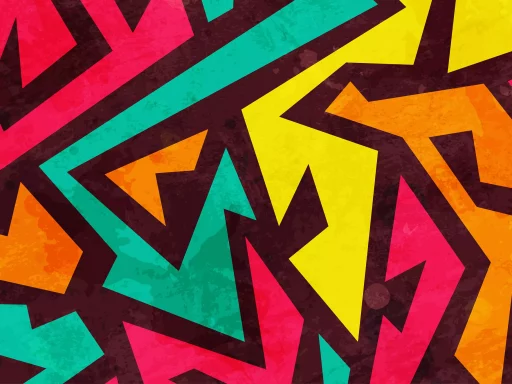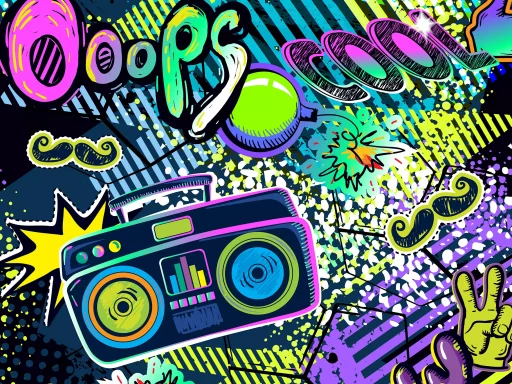Introduction to ‘Indy’
In the vast world of slang, terms often emerge from subcultures, gaining momentum among different demographics and eventually trickling into mainstream language. One such term is ‘indy.’ While it may seem simple at first glance, the usage and implications of ‘indy’ reveal diverse meanings and cultural connections.
The Definition of ‘Indy’
‘Indy’ is a slang abbreviation for ‘independent.’ It is often used to describe things that are produced or created outside the mainstream corporate framework. While the term has roots in various contexts—music, film, art, and even personal lifestyle—it predominantly celebrates individuality, creativity, and self-sufficiency.
Contextual Uses of ‘Indy’
- Indie Music: Referring to musicians and bands that operate outside major recording label systems. Think of artists who release their music via self-managed platforms or independent labels.
- Independently Made Films: Often associated with lower budgets and creative freedom, indie films typically showcase unique storytelling styles and unconventional narratives.
- Indie Art: Independent artists often express themselves without the constraints of commercial art—pushing creative boundaries and challenging societal norms.
Case Studies: The Rise of Indie Culture
To understand the cultural phenomenon of ‘indy,’ let’s explore a few case studies:
- Indie Music Scene: The rise of the indie music wave in the early 2000s saw bands like Arcade Fire and Death Cab for Cutie gain popularity through grassroots movements rather than mainstream radio play. According to a 2020 report by the IFPI, indie artists represented over 30% of the music market, highlighting the significant impact of indie culture.
- Film Festivals: Indie film festivals such as Sundance and South by Southwest (SXSW) have become launching pads for filmmakers who often win awards and gain recognition, illustrating how indie films can disrupt traditional Hollywood narratives. For instance, Get Out, originally produced as an indie film, became a cultural touchstone and garnered multiple accolades.
- Visual Art Movement: Platforms like Instagram have empowered indie artists, enabling them to reach a global audience without the backing of galleries or traditional art institutions. The democratization of art through social media underscores the power of indy culture.
Statistics on the Indie Scene
The growth of the indie culture is exemplified by several important statistics:
- Between 2010 and 2020, the number of independent films produced annually in the U.S. increased by over 40%.
- As of 2021, over 60% of music listeners reported enjoying indie music as part of their favored genres.
- Approximately 50% of independent artists utilize digital platforms to distribute their music, with services like Bandcamp and SoundCloud being instrumental.
The Cultural Impact of ‘Indy’
‘Indy’ culture has amplified the voices of artists, musicians, and filmmakers who may have otherwise gone unheard in traditional industry settings. This cultural wave not only champions creativity but encourages a DIY (do-it-yourself) attitude, where anyone can create and share their work.
Furthermore, ‘indy’ transcends mere categorization; it represents a lifestyle choice reflecting values like authenticity, community engagement, and social consciousness. Many consumers today support indie creators, appreciating the craftsmanship and individuality of their offerings.
Conclusion: Celebrating Indy Culture
As we continue to navigate through a rapidly evolving cultural landscape, the significance of the term ‘indy’ serves as a reminder of the power of independent expression. From the music we listen to, the films we watch, and the art we admire, embracing ‘indy’ culture allows for a diverse tapestry of creativity and innovation.
In a world where mainstream often overshadows the niche, let us celebrate the spirit of ‘indy’—a celebration of freedom, creativity, and individuality.






